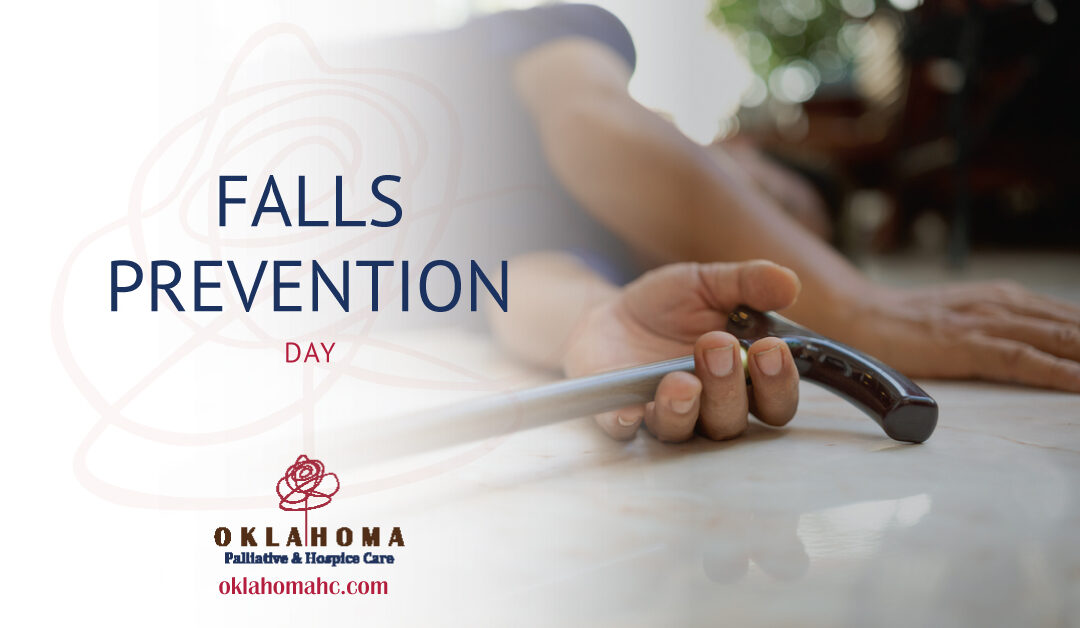Falls Prevention Day is an annual observance that promotes awareness about the dangers of falling, especially for older adults. Falls are one of the leading causes of injury among older adults. Each year, about 36 million falls are reported among older adults—resulting in more than 32,000 deaths. According to the Centers for Disease Control and Prevention (CDC), more than one-third of Americans age 65 or older fall every year—and more than half of them fall again within three months of their first fall.
While we have made great strides in understanding and treating falls in older adults, they still remain a major concern. Falls are one of the leading causes of hospitalization and death among seniors. They can also lead to long-term disability, affecting mobility, independence, and quality of life.
History of Falls Prevention Day
In 2007, four state falls prevention coalitions observed Falls Prevention Awareness Day on a state level. The following year, The Falls Free State Coalitions on Falls Prevention Workgroup requested that Falls Prevention Awareness Day be on the first day of Fall. Since then, many states have come together to help solve the problem of public health issues related to fallen injuries by working with medical professionals and supporters.
The observance is sponsored annually by the National Council on Aging (NCOA) to raise awareness about preventing fall-related injuries among older adults. September 22nd was selected because the sun is lower in the sky, making it easier for older adults with vision problems to navigate their surroundings safely.
Risk Factors Awareness
Although there is no single cause for all falls, there are several risk factors that can contribute to falling injuries:
- Medications: Some medications can cause dizziness or drowsiness, leading to falls. Medications may also interact with other drugs, increasing your chances of falling.
- Poor vision: Poor vision can make it difficult to walk safely or climb stairs safely. You might need a cane or guide dog to get around safely if you have poor eyesight.
- Weak muscles: Muscles weaken as we age and can become stiffer as well as weaker over time. These changes in muscle strength can make it more difficult for us to get up from a chair or stand while holding onto something heavy (like laundry baskets).
Preventing Falls
The goal of Falls Prevention Day is to help prevent unnecessary injuries from falls among older adults. Falls can cause severe injury and even death, but they are preventable!
When visiting with loved ones at home, in assisted living facilities or nursing homes, make sure you:
- Check their medications
- Encourage regular checkups with their doctor or nurse so they can identify any underlying causes or conditions
- Ensure they have adequate lighting and grab bars near their toiletries and bathroom fixtures
- Help them maintain good posture while sitting or standing
- Encourage them to exercise regularly
- Make sure they are staying hydrated and getting enough sleep
- Monitor any changes in balance or vision that may indicate cognitive impairment
- Keep their floors clear of clutter
How Hospice and Palliative Care Can Help
Hospice and palliative care professionals work closely with their patients to create an environment that supports safe living skills like toileting, dressing, eating, bathing, and going to the bathroom. They also help patients understand how to prevent falls by ensuring they have a safe place to sit or stand while doing activities that could lead to injury.
As healthcare professionals who work with older people every day, we know that falls are much more than just an accident or simple inconvenience—they can have serious consequences for the loved ones of those who have fallen. For those who suffer from dementia or Alzheimer’s, even minor falls can be more dangerous than any other age group because these individuals may not recognize the risk of falling down stairs or off furniture.
Hospice and palliative care professionals play a critical role in preventing falls in elderly patients by helping them reduce their risk factors for falling. If you need assistance, please reach out to us.

